Limnophila sessiliflora is an easy-to-grow, fast-growing plant that does not require much care and is a favorite of many aquarists no matter their level of experience. It is a well-known water plant originally from South East Asia which is ideal for a tropical freshwater tank since it provides decoration and some functions as like an oxygenator and scavenger of algae.
Content Table
The plant also has a close relative of phytochemical else limnophila Aquatica which resembles limnophila sessiliflora in structure but has some differences. In this article, we are going to discuss their aquatic environment, lighting requirements, planting methods, reproduction, and how they are different from Cabomba caroliniana.
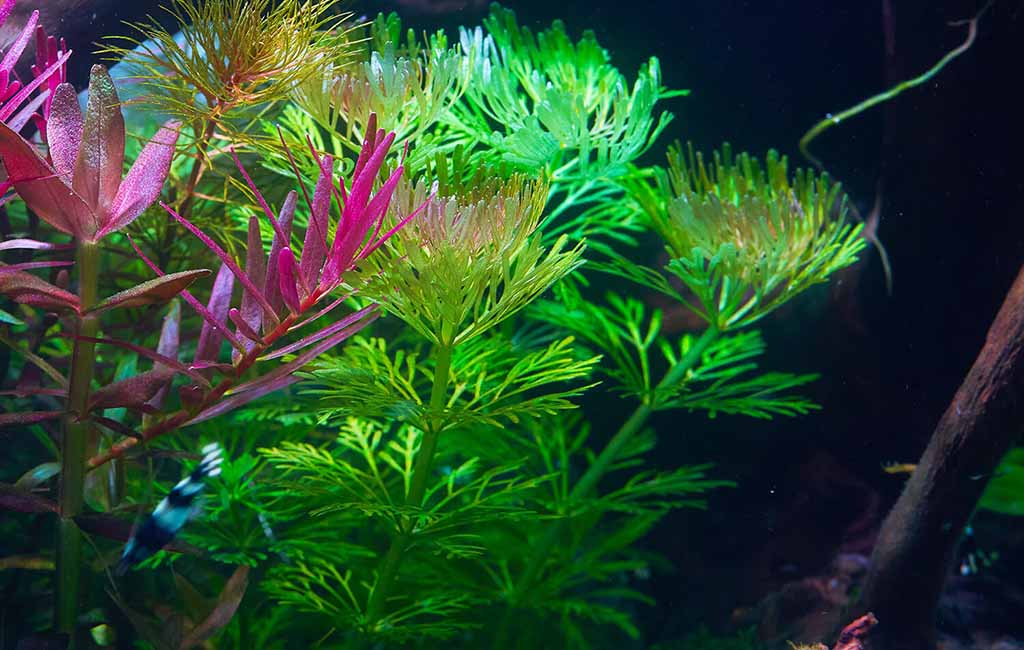
limnophila sessiliflora
Limnophila Sessiliflora and Limnophila Aquatica
What is Limnophila Sessiliflora?
Limnophila sessiliflora is a fast-growing floating plant from the section of Plantaginaceae family. It has leaves which are soft, feathery, and green, and which give it to have a bushy look. This is an omnivorous plant that can be propagated in various types of water and is commonly used as a background plant in aquascaping since it produces compact and beautiful bunches of new plants.
What is Limnophila Aquatica?
Limnophila aquatica is another species in this family, although it is broader leaved, and is capable of growing taller as well than limnophila sessiliflora. It is also used in aquascaping, though not as commonly as fluorite, but it is more delicate to maintain due to its requirement of higher light and nutrients.
Habitat and Growth Conditions
Limnophila sessiliflora and Limnophila aquatica are aquatic plant species and are commonly located in tropical and subtropical regions, growing in freshwater bodies like rivers, lakes, and ponds. They are preferred in waters with high nutrients and are found to grow well at temperatures of 22 °C to 28 °C. These plants should be placed in an aquatic environment; they serve as homes to some of the fish species and purify water by using nutrients.
Light for Limnophila Sessiliflora
Lighting is widely considered one of the significant aspects of maintaining Limnophila Sessiliflora health, color, and overall development. Although it is able to grow in low to medium light conditions, its growth rate as well as the formation of its soft feathery leaves are boosted by high to medium light intensity. This means that adequate lighting makes sure that the plant stays green and actively performing photosynthesis to support the general balance of the aquarium.
For the growth of Limnophila Sessiliflora, the most suitable light that should be used is the HG075 hygger Aquarium LED Plant Light.As one would expect for a high-end LED fixture, it’s capable of providing a 360-degree lighting that is closest to sunlight. This balanced spectrum assists the organ to increase photosynthesis, hence good and healthy development of plants. It also boosts the plant’s color to an impressive green hue and acts as a guard against problems such as the yellowing of the leaves or lack of growth.
To achieve optimal results, consider the following lighting recommendations:
- To ensure the plant grows uniformly, light should be provided for at least 8–10 hours a day without straining the plant.
- This should ideally incorporate LED lighting with a color temperature of between 5000K and 7000K, suitable for the photosynthesis of aquatic plants.
- Do not use dim lighting to grow plants, as it contributes to the growth of algae that, in turn, competes for nutrients with the Limnophila Sessiliflora.
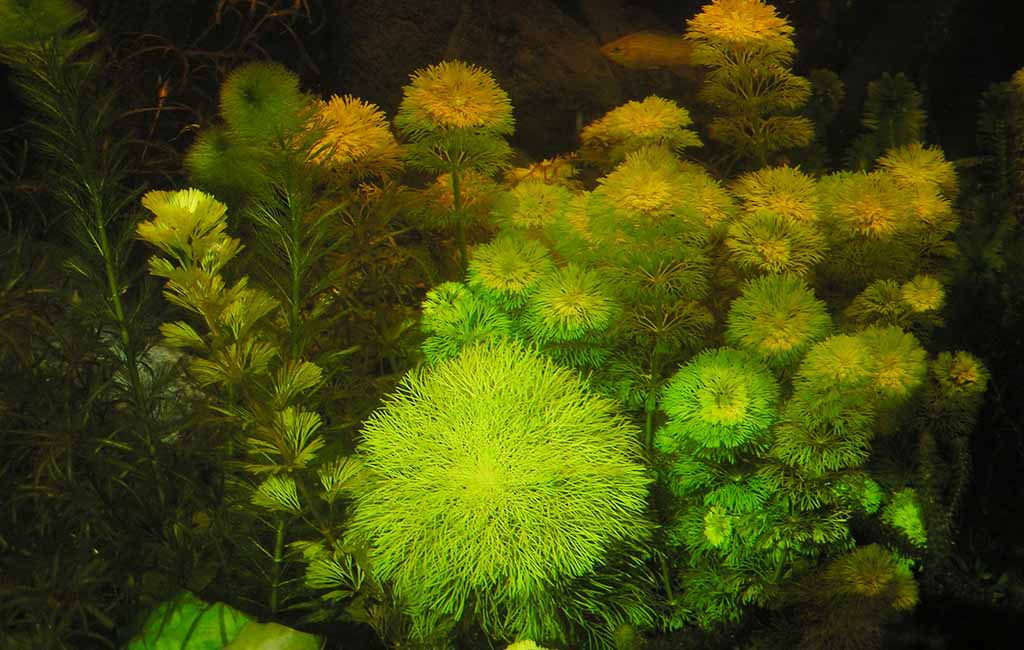
How to plant limnophila sessiliflora
How to Plant Limnophila Sessiliflora
Thus, Limnophila Sessiliflora is easy to plant in an aquarium environment, making it suitable to be planted by first-time fishes growers and also experienced aquarists. Friendly for underwater environment as it grows rather fast and does not need much care to be taken in an aquarium. But anyone can decide that it should thrive, and that it can do so even better, provided the right setting is established.
Step-by-Step Guide to Planting Limnophila Sessiliflora
- Prepare the Substrate
When cultivating Limnophila Sessiliflora, it is a stem plant, and therefore, it is recommended that nutrient rich substrate should be used for better root growth. Even though it can be propagated in fine gravel or sand, it’s advised that an aquarium soil that is supplemented with the essential nutrients will enhance the growth and health of the plant. Increase of gravel or sand, and add some root fertilizers to the mix to help feed the plant.
- Trim and Plant the Stems
The first step of taking care of the plant is cutting the stem to an appropriate height, which is 4 to 6 inches, to facilitate the growth of fresh stems. Just below the node, clear out any of the leaves that are diseased or in any way dead. Each stem should be planted about an inch deep into the substrate, while ensuring that it is vertical and firmly planted.
- Provide Proper Spacing
This helps to avoid overcrowding and elongate the stems, giving enough space between them, about 1–2 inches. This serves to guarantee the reception of adequate light and nutrients to the plants, apart from minimizing the likelihood of algae formation.
- Monitor Water Conditions
Limnophila Sessiliflora can grow in almost any condition but prefers soft to slightly alkaline water conditions with a pH range of 6.0-7.5. A temperature range of between 72°F and 82°F (22°C-28°C) is healthy for the plant’s growth. Such parameters require daily water changes to be achieved and maintain the aquarium water’s quality by avoiding the accumulation of nutrients that can fuel the growth of algae.
- Enhance Growth with CO2 and Fertilization
Although CO2 injection is not compulsory, it can highly enhance the plant growth and give better quality of leaves by increasing its density. Therefore, to further improve the health of the plant and achieve a bright green hue, additional liquid fertilizers containing nitrogen, phosphorus, and potassium will be helpful.
- Optimize Lighting
It should also be noted that the light should be appropriate in order to properly control Limnophila Sessiliflora growth rate. In this case, one can use the HG075 hygger LED Plant Light to provide adequate light with high intensity and a full spectrum to the specific plant to allow it to undergo photosynthesis nicely. The light duration should be between 8–10 hours in order to allow the plant to grow and also prevent the growth of algae.
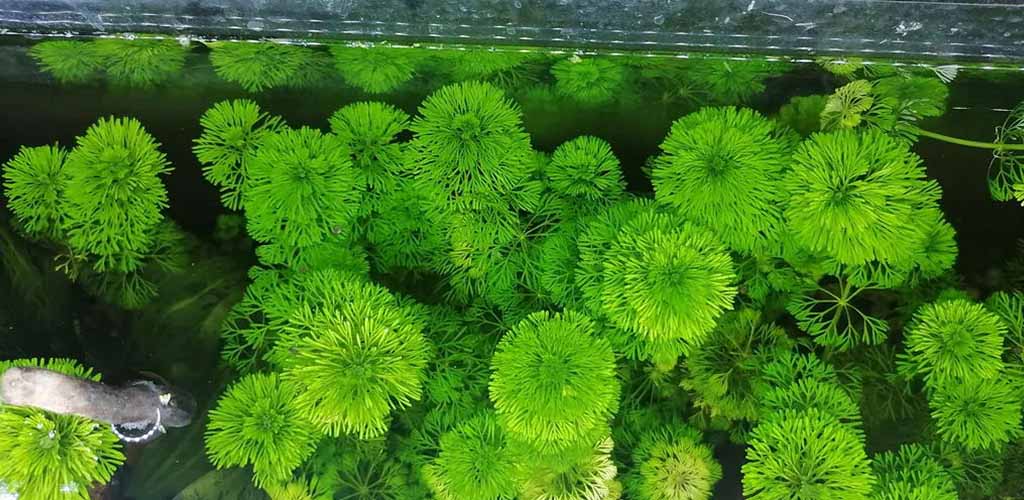
limnophila aquatica
Propagate Limnophila Sessiliflora in Tanks
There is an ability to spread of limnophila sessiliflora because of its fast-growing ability. Follow these steps:
- Trim Healthy Ends: With a sharp pair of scissors, pinch off the top 4 to 6 inches of the oldest part of the plant’s stem.
- Replant in the Substrate: Place the cuttings right on the ground to develop new plants.
- Allow Floating Propagation: There are also some growers who allow cuttings to float for a couple of days in order to promote root formation.
- Canopy Trimming: This should be done often so that the plant remains dense and does not grow long and leggy.
Given the proper lighting with LED plant light, the plants will grow fast and quickly integrate into the aquatic environment.
Limnophila Sessiliflora vs. Cabomba Caroliniana
Many aquarists compare Limnophila Sessiliflora with Cabomba Caroliniana due to their similar feathery, bright green foliage. Despite this, they have a number of differences that make one prefer them for a given type of aquarium set up.
- Growth Rate
Limnophila Sessiliflora grows faster and is flexible with water conditions, hence making it easy to maintain as a plant. While Cabomba Caroliniana grows feebler and more sluggish, the changes in water parameters of aquariums are critical.
- Lighting Needs
It requires high lighting to grow and attains poor growth when competition for light is high. Cabomba Caroliniana, on the other hand, can grow in medium to high light conditions, and thus is easier to cultivate than Limnophila Sessiliflora. Thus, using an aquarium plant light will be advantageous for both plants, however, it will be more effective in growing Limnophila Sessiliflora because it is versatile.
- Care Level
Limnophila Sessiliflora does not have high requirements for water conditions, is an undemanding plant in terms of care, and is recommended for beginners. Nonetheless, Cabomba Caroliniana has higher requirements: it needs stable water conditions, higher amounts of CO2, and nutrients in the water to preserve the plant’s intricate structure.
- Legal Restrictions
Cabomba Caroliniana is reported as an invasive species, particularly in the United States, and in Australia, its sale and cultivation are prohibited. However, Limnophila Sessiliflora is not an invasive species and can be easily bought online for aquarium hobbyists.
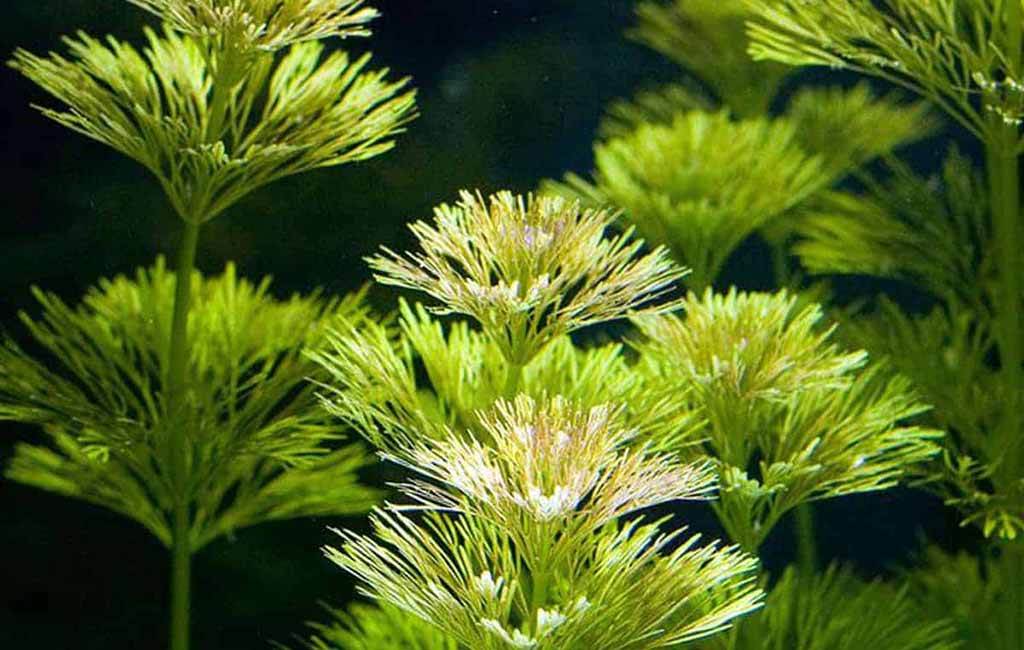
Limnophila Sessiliflora vs. Cabomba Caroliniana
Concluding Remarks
Limnophila Sessiliflora is very valuable to be included in any aquarium plant variety because it reproduces quickly, is versatile, and very easy to maintain. This plant is ideally suitable for both new users and professionals to uplift the look of the tank and, at the same time, has benefits for aquatic life. An aquarium LED plant light is an ideal solution that is required for the growth of plants and the appropriate maintenance of the aquarium. Thus, it is advisable that you have it planted and propagated well, and in no time, your aquarium is going to look greener.
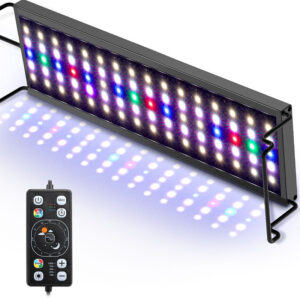
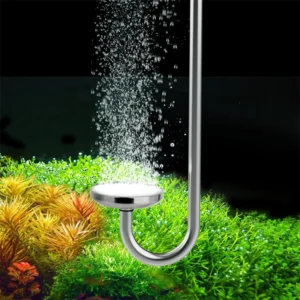
Leave a comment